At Heracles Wellness, we understand that the essence of a superior hot tub experience lies in its upkeep. Assiduous maintenance not only extends the lifespan of your hot tub and keeps it operating optimally, but it also safeguards against bacteria and microorganisms that may trigger skin irritation. Regular care ensures the water remains clean, clear, and inviting, amplifying the pleasure of your hot tub experience.
One of the most important aspects of hot tub maintenance is to keep the water chemistry balanced. This includes monitoring the pH levels, alkalinity, calcium hardness, and sanitizer levels. Regularly testing the water and making small adjustments as necessary can help to prevent issues with the water quality and ensure that the hot tub is safe to use.
In addition to water chemistry, it is also important to keep the hot tub clean. This includes regularly cleaning the filters, removing debris from the water, and wiping down the surfaces of the hot tub. Proper maintenance can prevent issues with the hot tub and ensure that it lasts for many years.
Benefits of Hot Tubs for Sports Recovery
Hot tubs are not just for relaxation and entertainment. They also offer numerous benefits for sports recovery. Here are some of the benefits of hot tubs for sports recovery:
Reduces Muscle Soreness
Soaking in a hot tub can help reduce muscle soreness after a workout. The warm water and buoyancy work together to reduce pressure on the body, allowing muscles to relax and release tension. This reduces pain and improves muscle recovery times, helping to increase workout performance levels.
Alleviates Stiffness
Hot tubs can also help alleviate stiffness in joints and muscles. The warm water and buoyancy work together to reduce pressure on the body, allowing joints and muscles to relax and release tension. This can improve flexibility and range of motion, making it easier to perform exercises and recover from injuries.
Improves Blood Circulation
Soaking in a hot tub can also improve blood circulation, which is important for sports recovery. Improved blood circulation helps to remove waste products from the body, such as lactic acid, which can cause muscle fatigue and soreness. It also helps to deliver oxygen and nutrients to the muscles, which is essential for muscle recovery.
Reduces Injury Risk
Soaking regularly in a hot tub can help reduce the risk of injury by loosening tight muscles and improving movement. This can help prevent muscle strains and sprains, as well as other injuries caused by overuse or poor technique.
Relieves Stress
Sports recovery is not just about physical recovery, but also mental recovery. Soaking in a hot tub can help relieve stress and promote relaxation, which is important for mental recovery. This can help athletes feel more refreshed and ready to perform at their best.
Overall, hot tubs can be a valuable tool for sports recovery. They offer numerous benefits, including reducing muscle soreness, alleviating stiffness, improving blood circulation, reducing injury risk, and relieving stress.
Understanding Hot Tub Maintenance
Maintaining a hot tub is essential to ensure its longevity and functionality. A well-maintained hot tub not only lasts longer but also provides a safer and more enjoyable experience for its users. To achieve this, a hot tub maintenance schedule should be established and followed consistently.
A maintenance schedule should include daily tasks, weekly tasks, monthly tasks, and quarterly tasks. Daily tasks include checking the water level and adding more if necessary, testing the pH levels of the water, and adjusting them as needed. It is also important to clean the filters to remove dirt and debris.
Weekly tasks include circulating the water, ensuring the cover is secure and clean, checking the water temperature and adjusting if necessary, and covering the tub when not in use. It is also recommended to remove the spa cover once a week to air it out to extend its life.
Monthly tasks include checking for damage to the hot tub and its cover, checking alkalinity of water, and rinsing the cover. It is also important to remove the filters and rinse them to ensure proper filtration.
Quarterly tasks include draining and refilling the hot tub, cleaning the hot tub shell, and inspecting the hot tub for any signs of wear and tear.
Maintaining good hot tub circulation is crucial in keeping the water free of contaminants. Depending on the model, the hot tub may have an automatic circulation schedule that ensures it runs once or twice daily.
In summary, understanding hot tub maintenance is essential in ensuring the longevity and functionality of the hot tub. Establishing and following a consistent maintenance schedule that includes daily, weekly, monthly, and quarterly tasks is crucial. By doing so, users can enjoy a safer and more enjoyable hot tub experience.
The Importance of Water Chemistry
Maintaining proper water chemistry is crucial for the health and longevity of a hot tub. The pH, alkalinity, water balance, calcium hardness, sanitizer levels, and presence of metals all affect the quality of the water and the effectiveness of the hot tub's components.
The pH level of the water should be between 7.2 and 7.8 for optimal hot tub performance. If the pH level is too low, the water becomes acidic and can cause corrosion of the hot tub's metal components. If the pH level is too high, the water becomes alkaline and can cause scaling and cloudy water.
The alkalinity level of the water should be between 80 and 120 ppm. Alkalinity acts as a buffer to prevent sudden changes in pH level. If the alkalinity level is too low, the pH level can fluctuate rapidly, leading to damage to the hot tub's components. If the alkalinity level is too high, it can cause cloudy water and scaling.
Water balance is the relationship between the pH level and alkalinity level. Proper water balance ensures that the water is neither too acidic nor too alkaline. Maintaining proper water balance is essential for the hot tub's longevity and performance.
Calcium hardness refers to the amount of dissolved calcium in the water. The ideal range for calcium hardness is between 150 and 250 ppm. If the calcium hardness level is too low, it can cause corrosion of the hot tub's metal components. If the calcium hardness level is too high, it can cause scaling and cloudy water.
Sanitizer levels are essential to keep the hot tub water clean and free of harmful bacteria and viruses. Chlorine and bromine are the most common sanitizers used in hot tubs. The ideal range for sanitizer levels is between 3 and 5 ppm for chlorine and 4 and 6 ppm for bromine.
Metals such as iron and copper can cause staining and discolouration of the hot tub's surfaces. It is essential to test for metal levels regularly and add metal sequestering agents as necessary.
In summary, maintaining proper hot tub water chemistry is essential to ensure the hot tub's longevity and performance. Regular testing and adjustments to the pH, alkalinity, water balance, calcium hardness, sanitizer levels, and presence of metals are necessary to keep the water clean, clear, and safe for use.
Cleaning and Sanitising Your Hot Tub
Regular cleaning and sanitising of your hot tub is essential to maintain a healthy and safe environment for you and your family. Here are some tips to help you keep your hot tub clean and well-maintained:
Cleaning the Hot Tub
Before draining the water from your hot tub, it is important to flush the lines to remove any biofilm, bacteria, and other organisms that may have accumulated. This will help prevent contamination of the new water when you refill the tub.
To clean the hot tub, remove any accessories like pillows and headrests, and then add a line cleaner to the water while the unit is running. The cleaner will help remove unwanted bacteria, algae, and biofilm from the pipes and water lines.
Once the water has been drained, use a mild detergent or white vinegar to clean the interior of the tub. Avoid using harsh chemicals like bleach, as they can damage the surface of the tub and cause skin irritation.
Sanitising the Hot Tub
To keep your hot tub free from harmful bacteria and other microorganisms, you should use a sanitiser like chlorine or bromine. These chemicals are designed to kill bacteria and other harmful organisms that can cause illness or skin irritation.
When using a sanitiser, it is important to follow the manufacturer's instructions carefully. Most hot tub chemicals come in granular or tablet form, which can be added directly to the water.
In addition to chlorine or bromine sanitisers, you may also want to consider using a mineral sanitiser. These products use natural minerals like silver and copper to kill bacteria and other microorganisms.
Maintaining Good Water Quality
To maintain good water quality in your hot tub, it is important to test the water regularly and adjust the chemical levels as needed. You should also clean the filters regularly to ensure good water circulation and remove any debris or contaminants.
In addition to regular cleaning and sanitising, you should also keep the hot tub covered when not in use to prevent debris and contaminants from entering the water.
By following these simple tips, you can keep your hot tub clean, well-maintained, and safe for you and your family to enjoy.
Draining and Refilling the Hot Tub
Maintaining a hot tub involves draining and refilling it regularly. This process helps to keep the water clean and clear, and it is recommended to do it every three to four months. Below are the steps to follow when draining and refilling a hot tub:
-
Turn off the power: Before draining the hot tub, turn off the power to avoid any electrical hazards. For hardwired hot tub setups, turn off the circuit breaker. Unplug the tub if it has a plug.
-
Drain the hot tub: Connect a garden hose to the drain spout or valve, and place the other end of the hose in an appropriate location for draining. Open the valve or spout and let the water drain out completely. It is advisable to use a submersible pump if you have one to speed up the process.
-
Clean the hot tub: Once the hot tub is empty, use a spa shell cleaner to clean the interior surfaces. Wipe the surfaces with clean rags to remove any debris or dirt.
-
Refill the hot tub: Close the drain valve or spout and remove the garden hose. Refill the hot tub with tap water, but first, pass it through a hose filter or spa pre-filter to remove any impurities that may be present in the water.
-
Level the water: Ensure that the water level is at the correct level, as per the manufacturer's instructions. This is important to prevent damage to the hot tub's equipment.
-
Turn on the power: Once the hot tub is full, turn on the power and wait for it to heat up to the desired temperature.
It is worth noting that draining and refilling the hot tub can be time-consuming and may require assistance from another person. It is also important to check the water chemistry after refilling the hot tub to ensure that it is balanced.
Maintaining Hot Tub Filters
Hot tub filters are essential to keep the water clean and healthy. They trap dirt, debris, and other contaminants to prevent them from circulating back into the hot tub. Over time, the filters can become clogged and dirty, reducing their effectiveness. Therefore, it is essential to maintain them regularly to ensure they work correctly.
Cleaning Hot Tub Filters
Cleaning hot tub filters is relatively easy and can be done with a few simple steps. Here's how:
- Turn off the hot tub power and remove the filter(s) from the hot tub.
- Rinse the filter(s) with a garden hose or a filter cleaning wand to remove any loose debris.
- Soak the filter(s) in a filter cleaning solution for the recommended time. Follow the manufacturer's instructions for the correct dosage and soak time.
- Rinse the filter(s) thoroughly with clean water to remove any remaining cleaning solution.
- Allow the filter(s) to dry completely before reinserting them into the hot tub.
It is recommended to clean the hot tub filters every four to six weeks, depending on usage. If the hot tub is used frequently, the filters may need to be cleaned more often.
Replacing Hot Tub Filters
Hot tub filters can last for several years, but they will eventually wear out and need to be replaced. Signs that it's time to replace the filter(s) include:
- The filter(s) are torn or damaged.
- The filter(s) are discoloured or have a foul odour.
- The filter(s) are clogged and cannot be cleaned.
Replacing the hot tub filter(s) is a simple process that can be done in a few easy steps:
- Turn off the hot tub power and remove the filter(s) from the hot tub.
- Purchase a replacement filter(s) that is compatible with your hot tub model.
- Insert the new filter(s) into the hot tub according to the manufacturer's instructions.
- Turn on the hot tub power and run the hot tub for a few minutes to ensure the filter(s) are working correctly.
It is recommended to replace the hot tub filter(s) every 12 to 18 months, depending on usage. However, if the hot tub is used frequently, the filter(s) may need to be replaced more often.
Dishwasher Method
Some hot tub filters can be cleaned in a dishwasher. However, it is essential to check the manufacturer's instructions before attempting this method. Here are the steps to clean hot tub filters in a dishwasher:
- Remove any loose debris from the filter(s).
- Place the filter(s) in the dishwasher, ensuring they are secure and will not move during the cycle.
- Run the dishwasher on a normal cycle with no detergent.
- Remove the filter(s) from the dishwasher and rinse them thoroughly with clean water.
- Allow the filter(s) to dry completely before reinserting them into the hot tub.
It is important to note that not all hot tub filters can be cleaned in a dishwasher. Using the dishwasher method on filters that are not dishwasher-safe can damage them and void the warranty. Therefore, it is essential to check the manufacturer's instructions before attempting this method.
Caring for Your Hot Tub Cover
Maintaining your hot tub cover is essential to ensure that it remains durable and functional. A well-maintained cover can keep debris out of your hot tub, maintain water temperature, and prevent heat loss, saving you money on energy bills. Here are some tips to help you care for your hot tub cover:
Remove Debris Regularly
Debris such as leaves, twigs, and dirt can accumulate on your hot tub cover, making it look unsightly and adding unnecessary weight. It is important to remove debris regularly to prevent it from seeping into your hot tub and clogging the filtration system. Use a soft brush or a leaf blower to remove debris from the cover.
Clean the Cover
Cleaning your hot tub cover regularly is essential to prevent the growth of mildew and bacteria. Use a mild soap and warm water to clean the cover, and rinse it thoroughly. Avoid using harsh chemicals or abrasive cleaners that can damage the vinyl.
Condition the Vinyl
Over time, the vinyl on your hot tub cover can become dry and brittle, leading to cracks and tears. Conditioning the vinyl can help to keep it supple and prevent it from cracking. Use a vinyl conditioner that is specifically designed for hot tub covers, and apply it to the cover according to the manufacturer's instructions.
Protect the Cover
Protecting your hot tub cover from the elements can help to extend its lifespan. Use a cover cap or a weatherproof cover to protect the cover from rain, snow, and UV rays. If you live in an area with heavy snowfall, it is important to remove the snow from the cover regularly to prevent it from collapsing under the weight.
Maintain the Weight
Hot tub covers can become heavy over time, especially if they are not maintained properly. A heavy cover can be difficult to remove and can put a strain on the cover lifter. To maintain the weight of your hot tub cover, ensure that it is properly cleaned and conditioned, and remove debris regularly. If the cover becomes too heavy, it may be time to replace it.
By following these tips, you can ensure that your hot tub cover remains in good condition for years to come. Regular maintenance can help to prevent costly repairs and replacements, and keep your hot tub looking and functioning at its best.
Hot Tub Plumbing and Jets Maintenance
Hot tub plumbing and jets maintenance are crucial for ensuring the longevity and optimal performance of your hot tub. Regular maintenance of the plumbing and jets can help prevent clogs, leaks, and other issues that can lead to costly repairs.
Plumbing Maintenance
Hot tub plumbing maintenance involves regularly checking the pipes and fittings for leaks, cracks, or other damage. It is important to keep the plumbing clean and free of debris to prevent clogs and blockages. Here are some tips for maintaining your hot tub plumbing:
- Regularly clean the pipes and fittings with a pipe cleaner or a specially formulated hot tub plumbing cleaner.
- Check the plumbing for leaks or cracks and repair them immediately to prevent water damage to your hot tub and surrounding area.
- Keep the area around the hot tub free of debris to prevent it from entering the plumbing and causing clogs.
Jets Maintenance
Hot tub jets are essential for providing a relaxing and therapeutic massage experience. Proper maintenance of the jets can help ensure that they function optimally and provide the desired massage experience. Here are some tips for maintaining your hot tub jets:
- Regularly clean the jets with a jet cleaner to remove any buildup or debris that may be clogging them.
- Check the jets for any signs of damage or wear and replace them if necessary.
- Adjust the jet direction and intensity to suit your preferences and needs.
- Keep the water chemistry balanced to prevent damage to the jets and ensure optimal performance.
In summary, hot tub plumbing and jets maintenance are essential for ensuring the longevity and optimal performance of your hot tub. Regular maintenance can help prevent clogs, leaks, and other issues that can lead to costly repairs. By following the tips outlined above, you can help ensure that your hot tub plumbing and jets remain in top condition.
Maintaining Water Temperature and Circulation
Proper water temperature and circulation are crucial to the maintenance of a hot tub. The ideal water temperature for a hot tub is between 37-39°C. It is important to regularly check and adjust the water temperature to ensure it stays within this range. This can be done using the hot tub's control panel or thermostat.
Maintaining good water circulation is also important. It helps keep the water clean and free of contaminants by passing it through the hot tub's cartridge filters. Some hot tub models have an automatic circulation schedule that runs the pump once or twice daily. It is important to ensure that the circulation schedule is set correctly and that the pump is running smoothly.
To ensure proper water circulation, it is important to regularly clean the hot tub's filters. Depending on the model, this may involve removing and rinsing the filters or replacing them altogether. It is also important to regularly check the hot tub's pumps to ensure they are functioning properly. If a pump is not working correctly, it may need to be repaired or replaced.
In addition to the hot tub's circulation system, the heater and ozonator also play a role in maintaining water temperature and cleanliness. The heater is responsible for heating the water to the desired temperature, while the ozonator helps to eliminate bacteria and other contaminants in the water.
Regular maintenance of the hot tub's heater and ozonator is important to ensure they are functioning properly. This may involve cleaning or replacing the heater element or checking the ozonator's output levels.
Overall, maintaining proper water temperature and circulation is essential to the maintenance of a hot tub. Regular checks and maintenance of the hot tub's circulation system, heater, and ozonator can help ensure that the water stays clean and at the desired temperature.
Additional Maintenance Considerations
Maintaining a hot tub requires more than just regular cleaning and water testing. There are additional maintenance considerations that should be taken into account to keep the hot tub in top condition.
Body Oils and Silt
One important consideration is the accumulation of body oils and silt in the hot tub. These can build up over time and negatively affect the water quality and clarity. To prevent this, it is recommended to use a sponge to clean the waterline and other areas where body oils may accumulate. Additionally, vacuuming the bottom of the hot tub can help remove any silt or debris that may have settled there.
Water Capacity and Testing
Another important consideration is the water capacity of the hot tub. It is important to ensure that the water level is maintained at the appropriate level to prevent damage to the hot tub's pump and heating system. Regular water testing is also necessary to ensure that the pH levels are balanced and the water is free from harmful bacteria.
Control Panel and Cleaning Schedule
The control panel of the hot tub should also be regularly checked and cleaned to ensure that it is functioning properly. A cleaning schedule should be established to ensure that the hot tub is cleaned regularly and thoroughly. Mild detergent can be used to clean the hot tub's exterior, while a mixture of water and vinegar can be used to clean the interior.
Water Clarity and Mineral Particles
Maintaining water clarity is also an important consideration when maintaining a hot tub. Mineral particles can accumulate in the water and cause calcification, which can lead to damage to the hot tub's components. Using a salt water system can help prevent this, as can regular water testing and the use of a mineral purifier.
Helpful Tips
To prolong the life of the hot tub, it is important to establish a solid foundation and ensure that the hot tub is stored properly when not in use. Helpful tips include keeping the hot tub covered when not in use, avoiding the use of harsh chemicals, and regularly checking the hot tub's components for signs of wear and tear.
In summary, additional maintenance considerations include cleaning body oils and silt, maintaining water capacity and testing, checking the control panel and establishing a cleaning schedule, maintaining water clarity and preventing calcification, and following helpful tips to prolong the life of the hot tub.
The Health Benefits of Maintaining a Hot Tub
Maintaining a hot tub not only ensures its longevity, but it also offers several health benefits. Here are some of the ways that maintaining a hot tub can improve one's health:
1. Stress Relief
One of the most obvious benefits of a hot tub is the potential to help ease the tensions of the day. The soothing effect of the warm water and massaging action may help to reduce stress levels. According to Healthline, soaking in a hot tub can help to lower the levels of cortisol, a hormone associated with stress.
2. Improved Circulation
Soaking in a hot tub can also help to improve circulation. The warm water causes the blood vessels to dilate, which in turn increases blood flow throughout the body. This increased circulation can help to reduce inflammation and promote healing.
3. Pain Relief
Hot tubs can also help to alleviate pain. The warm water can help to soothe sore muscles and joints, making it an excellent option for those with arthritis or other chronic pain conditions. Additionally, the buoyancy of the water can help to take pressure off of painful joints.
4. Better Sleep
Soaking in a hot tub before bed can help to promote better sleep. The warm water can help to relax the body and mind, making it easier to fall asleep and stay asleep throughout the night. This can be especially beneficial for those who suffer from insomnia or other sleep disorders.
5. Enhanced Family and Friend Time
Maintaining a hot tub can also provide opportunities for quality family and friend time. Spending time together in the hot tub can help to strengthen relationships and promote bonding. It can also be a fun and relaxing way to spend time together as a group.
Overall, maintaining a hot tub can offer several health benefits, including stress relief, improved circulation, pain relief, better sleep, and enhanced family and friend time.
Frequently Asked Questions
What are some essential hot tub maintenance tasks?
Regular hot tub maintenance is crucial to ensure it remains in good working condition and lasts for as long as possible. Some essential maintenance tasks include checking the water chemistry, cleaning the filter, and draining and refilling the water periodically. It is also important to keep the hot tub cover clean and secure, and to inspect the hot tub and its components for any signs of damage.
How can I keep my hot tub water clean and clear?
To keep hot tub water clean and clear, it is important to maintain the proper water chemistry. This involves regularly checking and adjusting the pH, alkalinity, and sanitizer levels. In addition, using a hot tub shock treatment on a regular basis can help to eliminate contaminants and keep the water clear. It is also important to clean the hot tub filter regularly to prevent the buildup of debris and contaminants.
What chemicals do I need to maintain my hot tub?
Maintaining proper water chemistry in a hot tub requires the use of several different chemicals. These include a sanitizer, such as bromine or chlorine, which helps to kill bacteria and other contaminants in the water. In addition, a pH increaser or decreaser may be needed to adjust the pH level of the water, and an alkalinity increaser may be required to maintain proper alkalinity levels. Other chemicals, such as a hot tub shock treatment, may also be necessary to keep the water clean and clear.
What is the best way to balance the pH levels in my hot tub?
Maintaining proper pH levels in a hot tub is essential for ensuring the water remains clean and clear. The ideal pH range for hot tub water is between 7.2 and 7.8. To balance the pH levels, a pH increaser or decreaser may be needed, depending on whether the pH is too high or too low. It is important to follow the manufacturer's instructions for adding these chemicals, and to test the water regularly to ensure the pH levels remain within the proper range.
How often should I clean my hot tub filter?
Cleaning the hot tub filter is an essential maintenance task that should be performed on a regular basis. The frequency of cleaning will depend on several factors, including how often the hot tub is used and how many people use it. In general, it is recommended to clean the filter every 1-2 weeks. However, if the hot tub is used frequently or by multiple people, the filter may need to be cleaned more often.
What are some common hot tub maintenance mistakes to avoid?
Some common hot tub maintenance mistakes to avoid include using too much or too little sanitizer, neglecting to clean the filter regularly, and failing to maintain proper water chemistry. It is also important to avoid using harsh chemicals or abrasive cleaning tools that can damage the hot tub or its components. Finally, it is important to follow the manufacturer's instructions for maintaining the hot tub, including draining and refilling the water periodically and inspecting the hot tub and its components for any signs of damage.



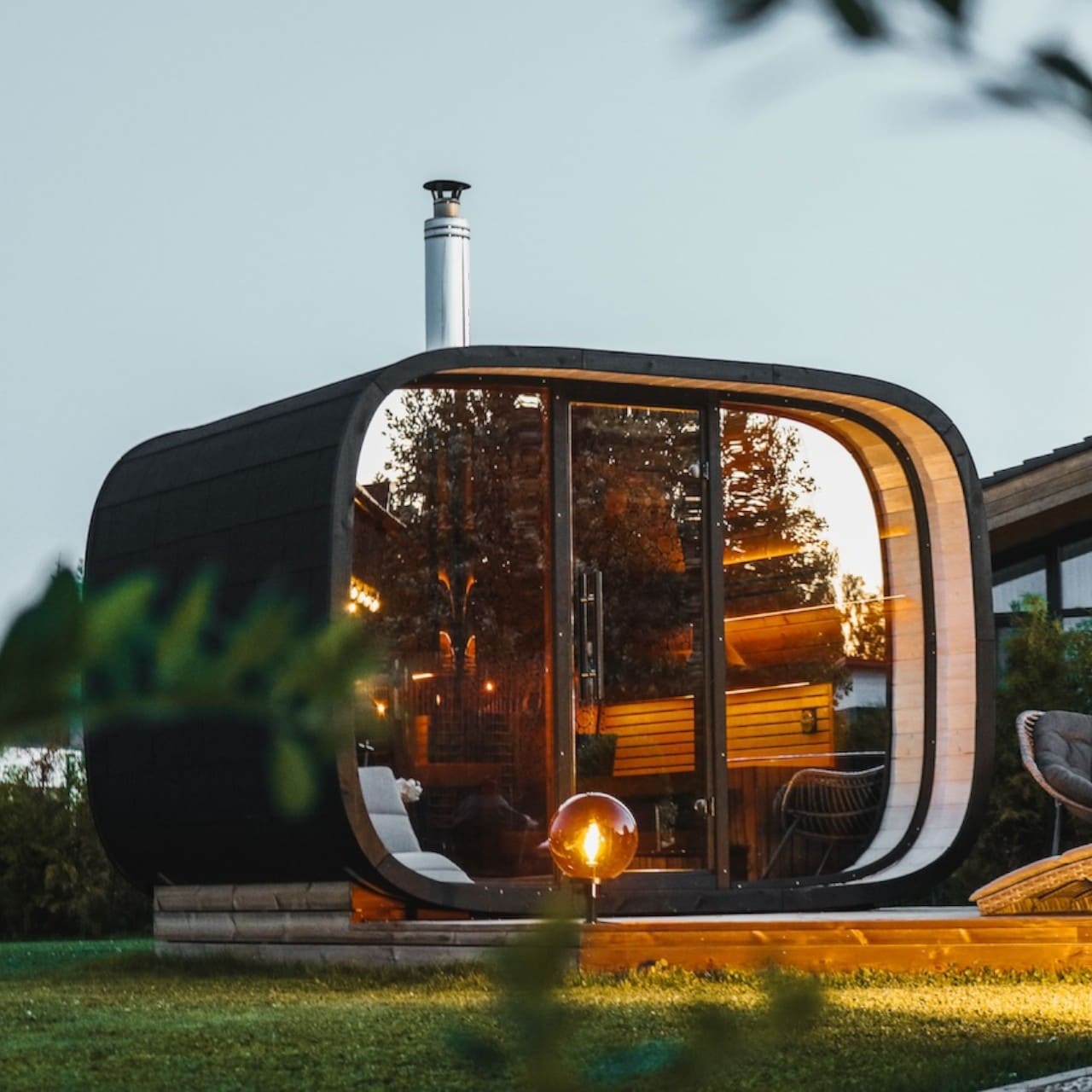


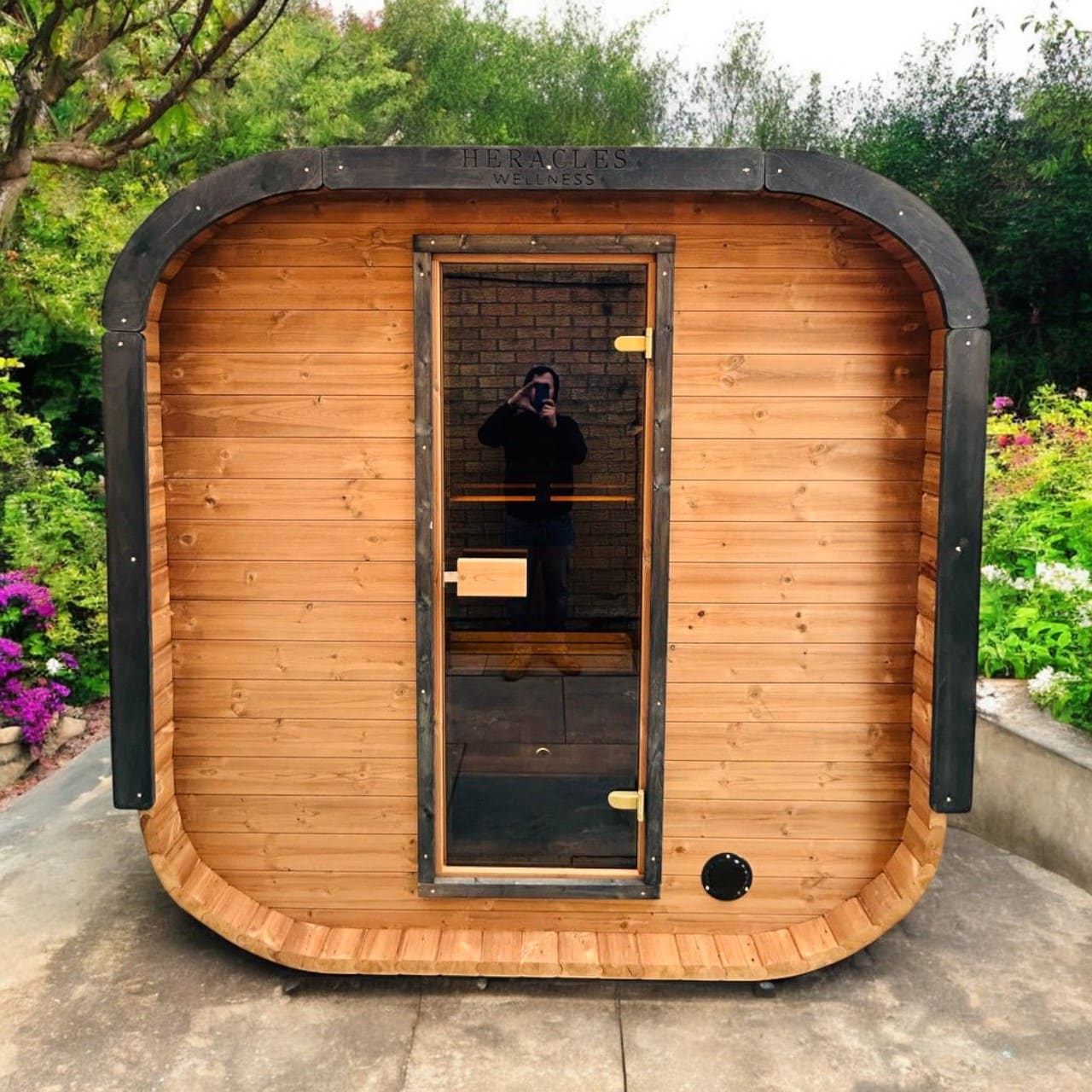
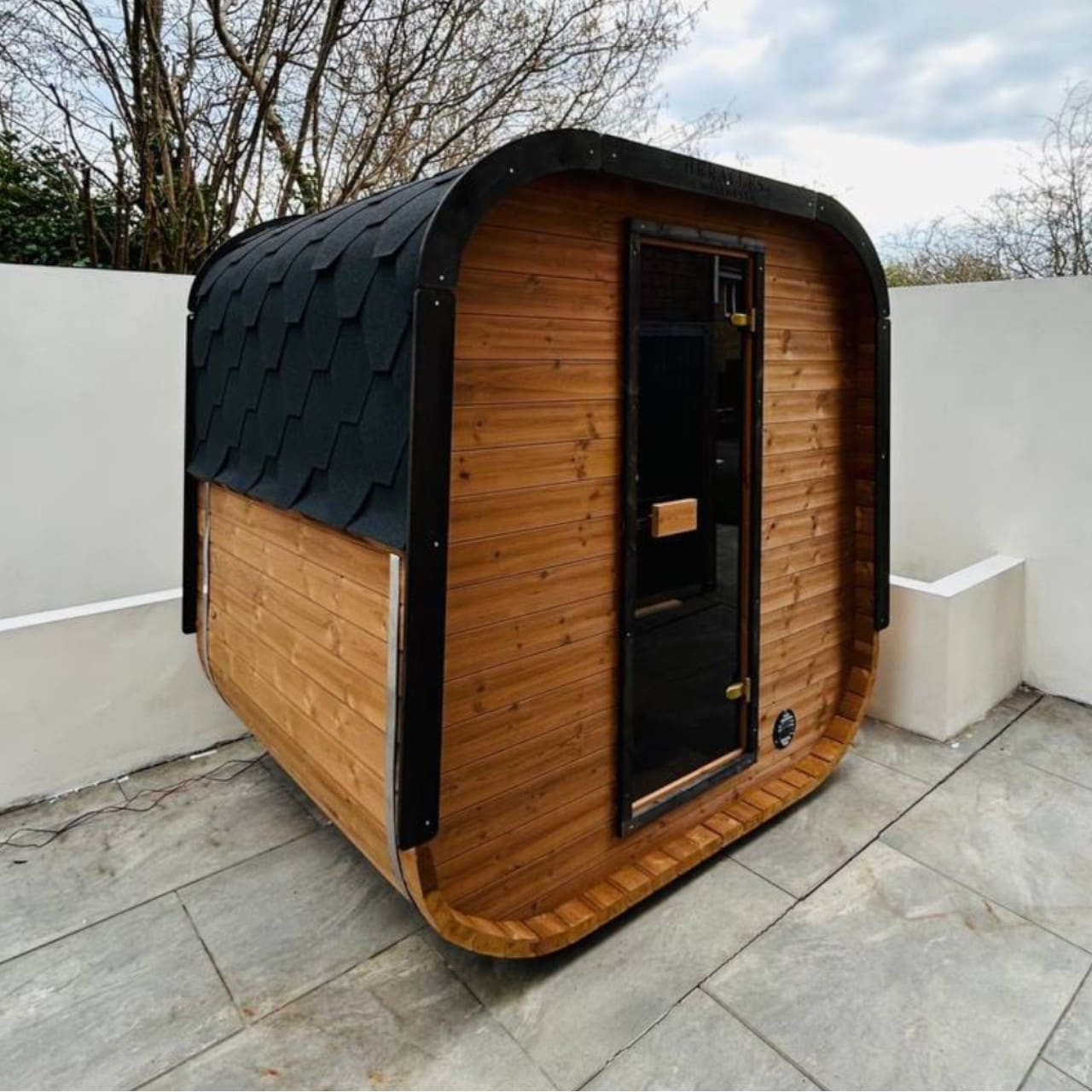
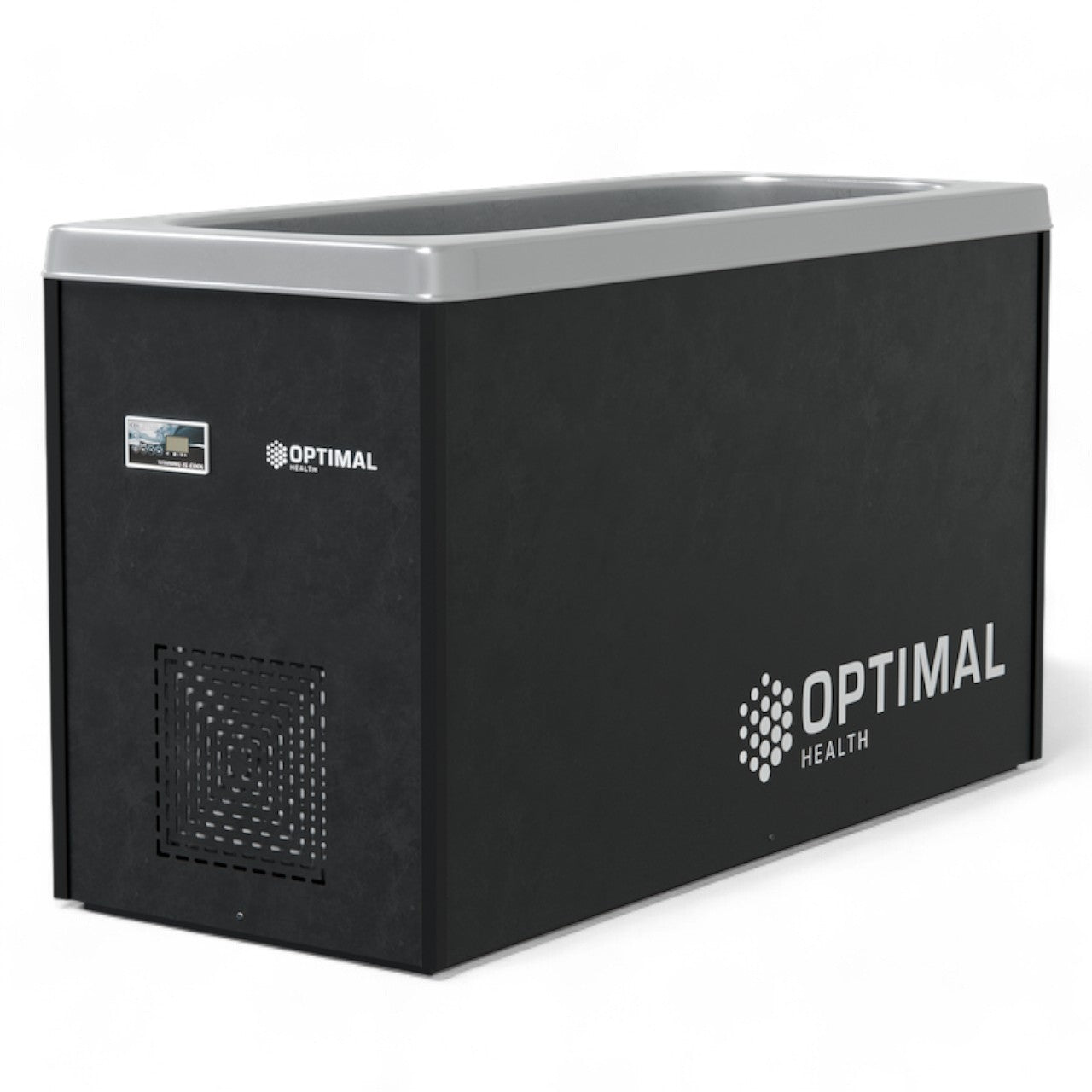
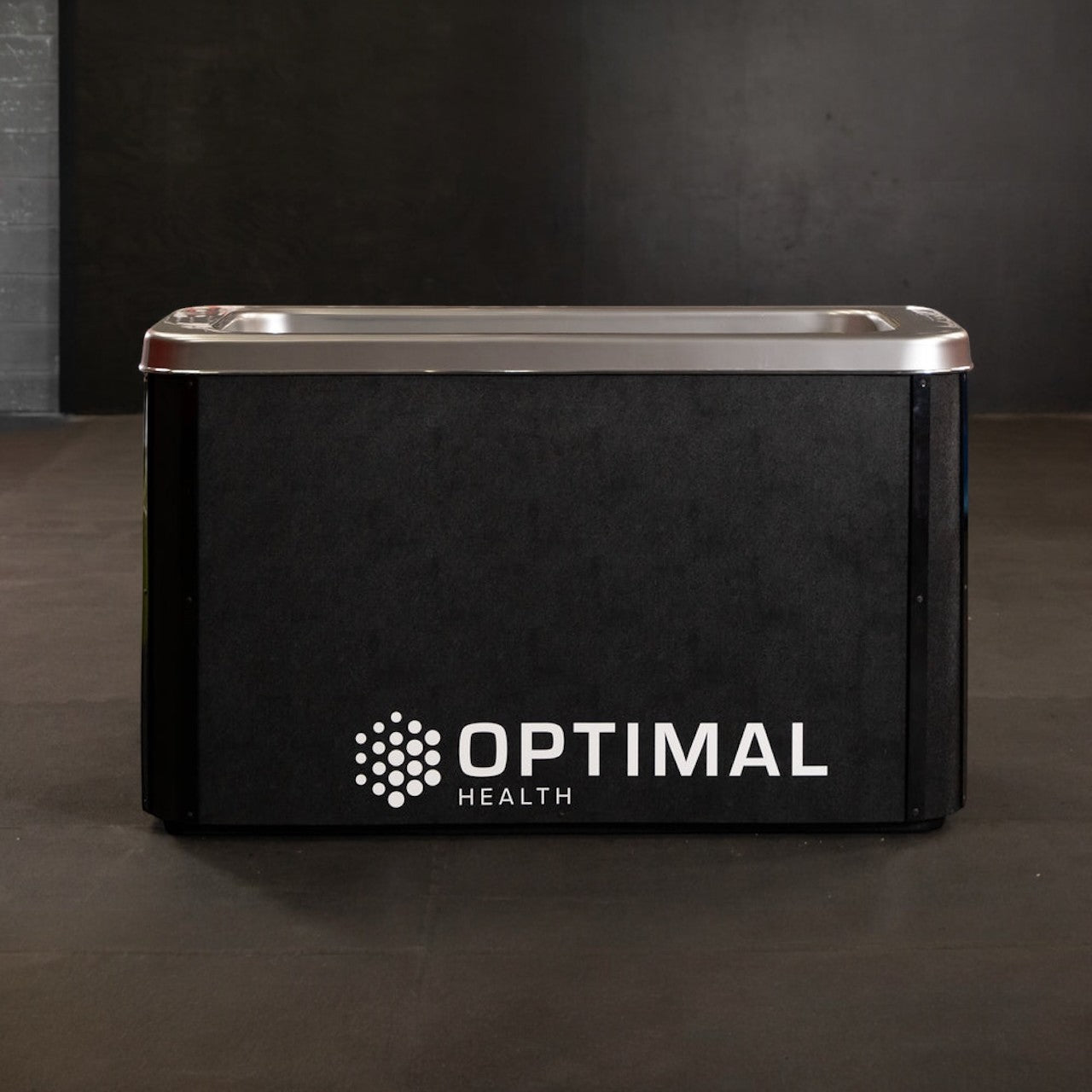




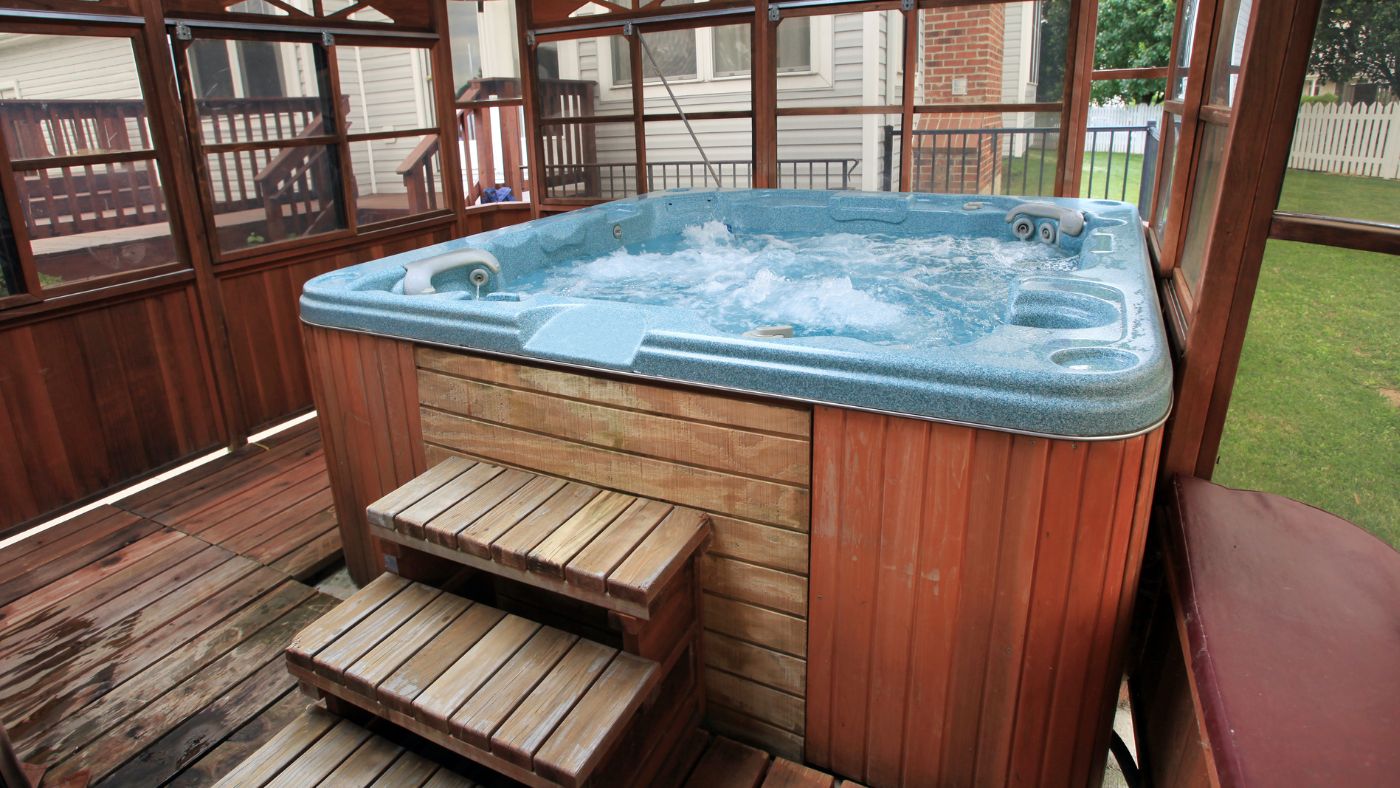
Leave a comment